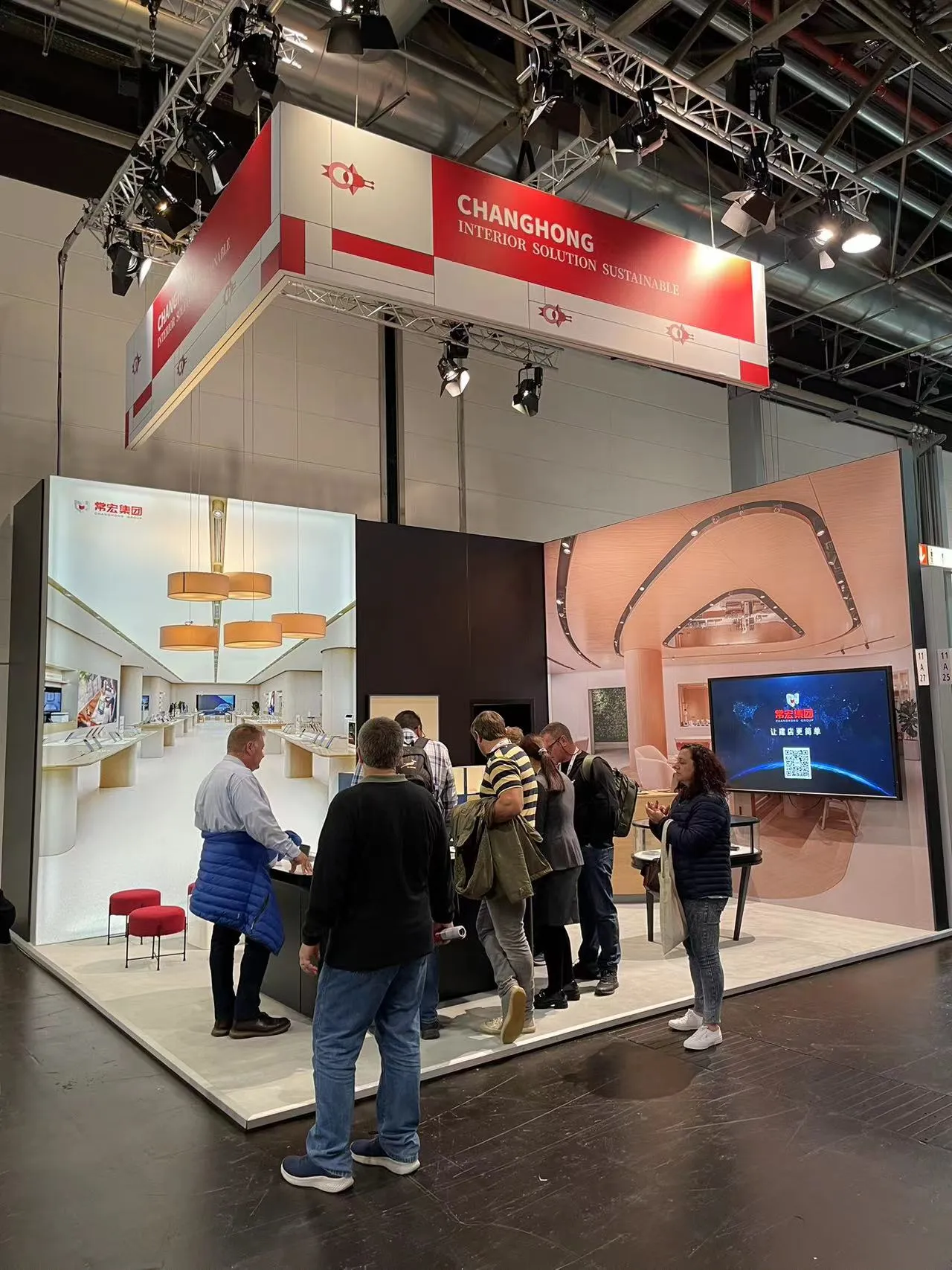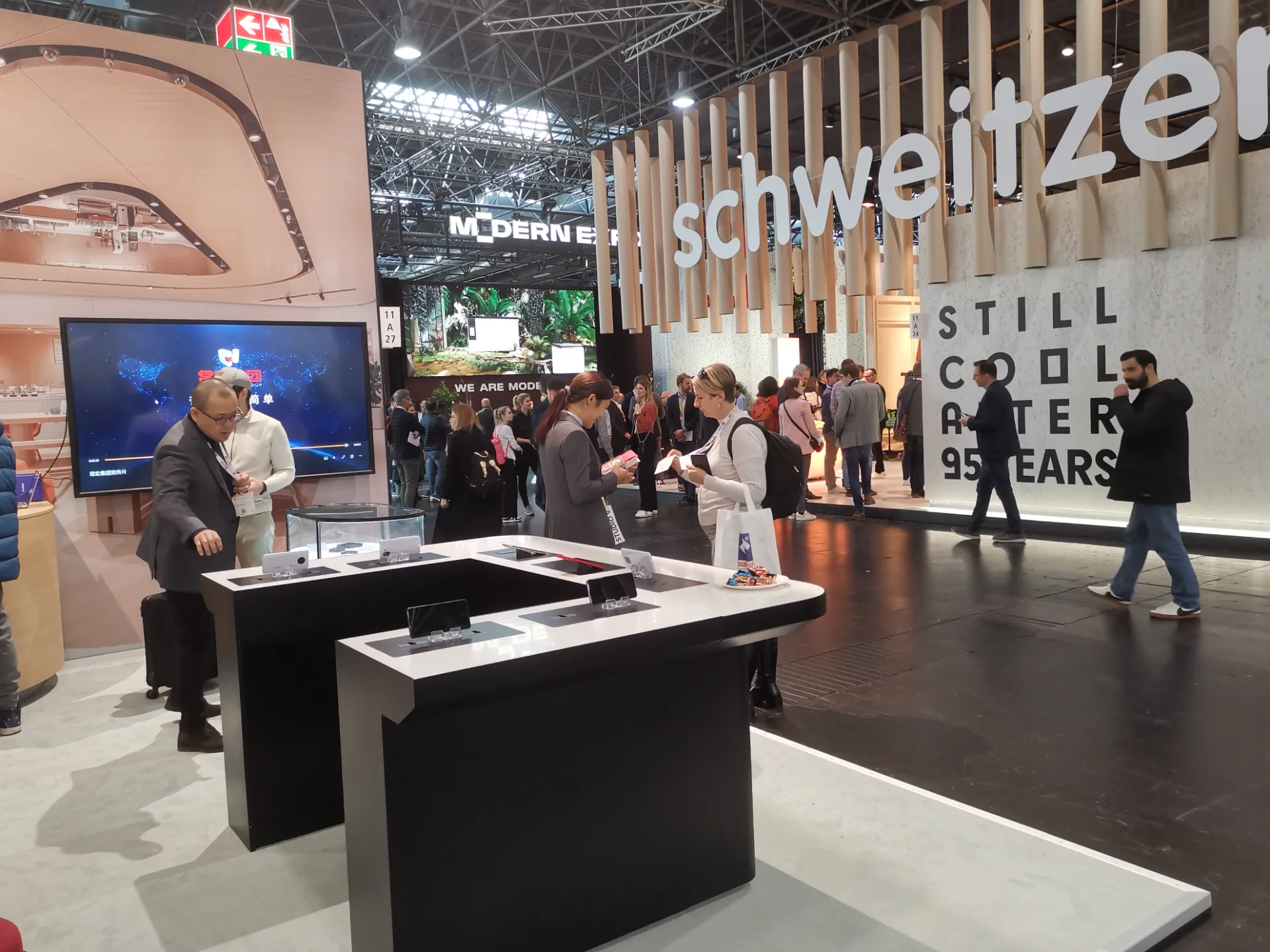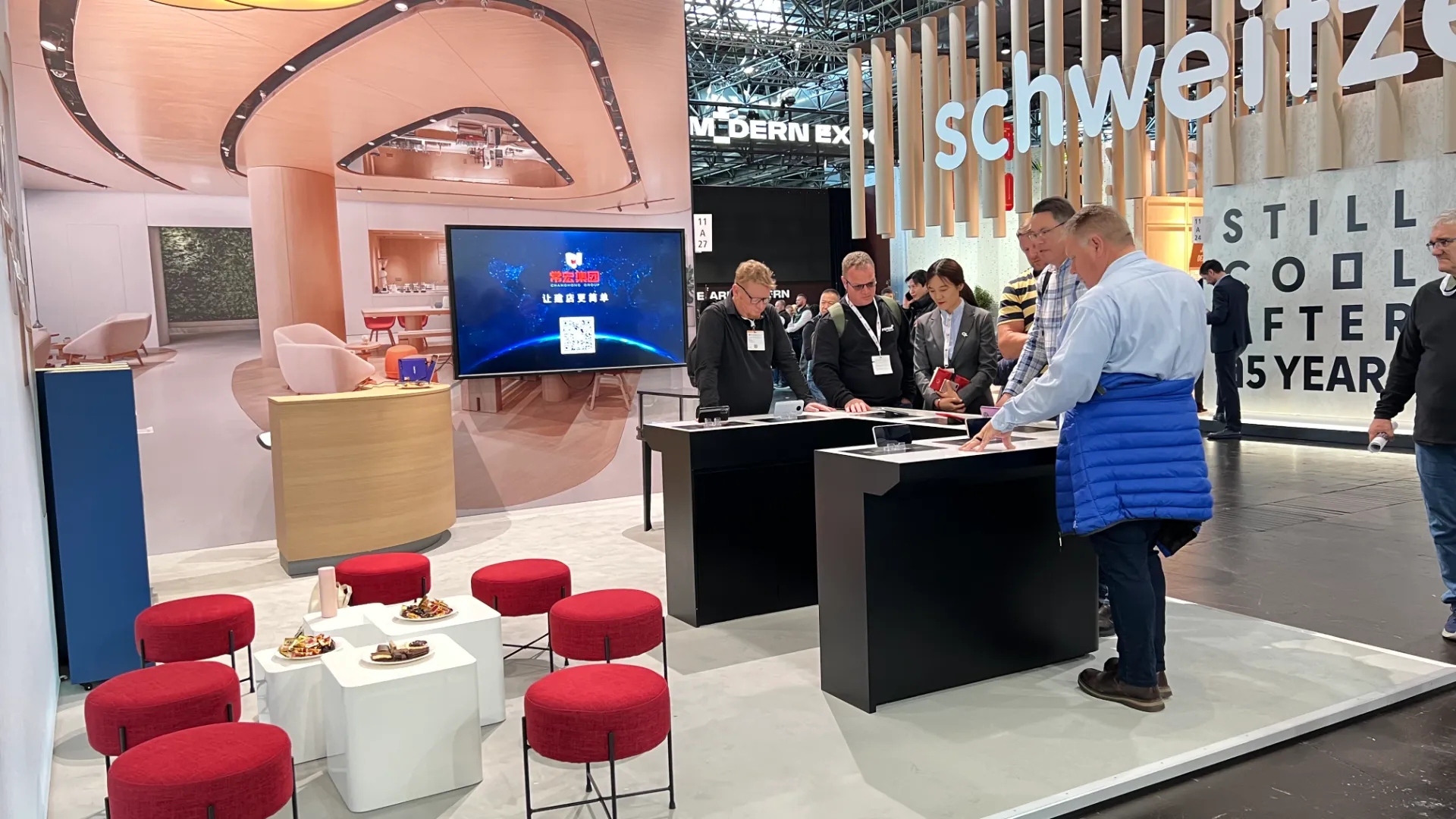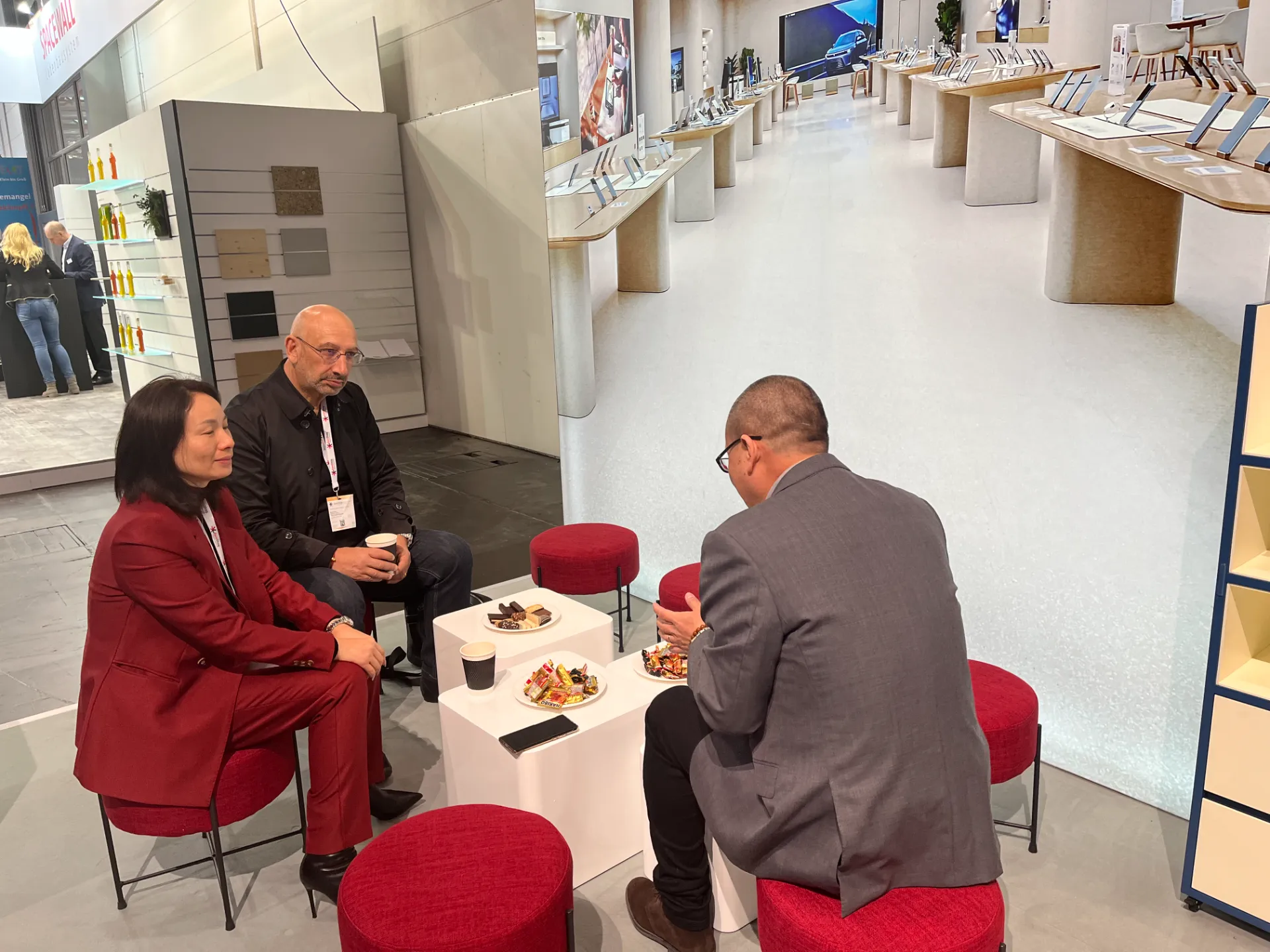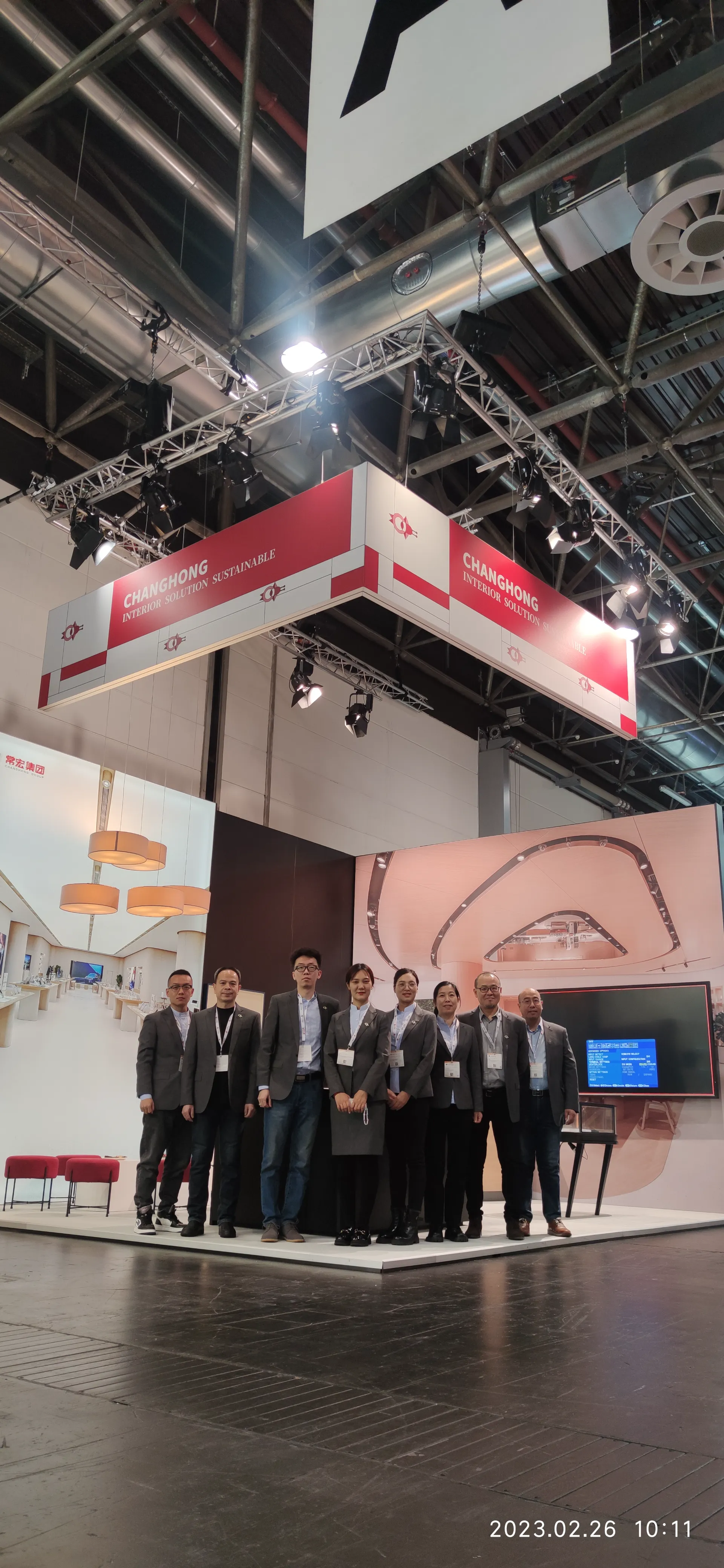Nov . 24, 2025 09:00 Back to list
Comprehensive Guide to Retail Store Fixtures – Trends, Benefits & Innovations
The Quiet Power of Retail Store Fixtures: More Than Just Shelving
When you think about visiting your favorite retail store, what springs to mind? Maybe the bright displays, the product variety, or that perfect spot where your eyes just land on that must-have item. Behind it all lies an unsung hero: retail store fixtures. They’re not just about holding products; they shape shopping experiences worldwide. But why does understanding retail store fixtures matter globally? Because they’re essential to retail efficiency, brand image, and sustainability efforts in a world where commerce keeps evolving rapidly.
Introduction: Retail Store Fixtures in a Global Context
Across the globe, the retail industry is a trillion-dollar giant. According to the World Bank, retail trade comprises roughly 10% of global GDP and employs millions worldwide. Behind the scenes of every successful outlet, from New York to Nairobi, retail store fixtures define the backbone of in-store merchandising. Yet, retailers often face challenges like balancing cost with durability or adapting to customer behavior shifts propelled by digital trends. This is where the right retail store equipment steps in, offering solutions that impact sales, sustainability goals, and even the social responsibility side of retail.
What Are Retail Store Fixtures?
In the simplest terms, retail store fixtures are the physical components inside a store that support product display and customer interaction. Think shelving units, gondolas, display tables, mannequins, and even checkout counters. They’re designed to optimize space, highlight products, and create a welcoming ambiance. But the story doesn’t end at function. Modern fixtures also address humanitarian and environmental concerns by using sustainable materials or being modular and relocatable—helping stores adjust swiftly to changing needs or even participate in circular economies.
Key Factors in Choosing the Right Retail Store Fixtures
Durability and Material Quality
Fixtures endure daily wear and tear—constant stocking, customer interaction, occasional bumps. So, materials like steel, hardwood, or recycled composites must be both robust and aesthetically pleasing. I’ve noticed many retailers opt for powder-coated metals or treated woods to resist scratches and moisture.
Scalability and Flexibility
Not every store is a one-size-fits-all. Fixtures need to adapt as business grows or shrinks. Modular retail store fixtures that can be reshaped or relocated without much hassle are particularly attractive. It’s like having furniture that grows with you—sometimes you expand a display; sometimes you want it compact.
Cost Efficiency
Obviously, budgets matter. Fixtures that strike a balance between upfront cost and long-term value tend to win out. Investing in high-quality pieces may seem pricey initially, but they save money over years of use and less frequent replacements.
Sustainability Considerations
As retail gets greener, stores seek eco-friendly options — from recycled materials to energy-efficient lighting built into fixtures. ISO standards on environmental management (ISO 14001) guide many suppliers to meet these demands.
Ergonomics and Customer Experience
Fixtures are the silent salespeople. If they’re at eye-level, intuitive to browse, and highlight merchandise well, customers tend to linger longer and buy more. Designers focus on ergonomic heights and unobstructed pathways.
Mini takeaway: In real terms, the right retail store fixtures feel less like mere furniture and more like tailored tools designed for performance, sustainability, and shopper delight.
Retail Store Fixture Specification Table
| Fixture Type | Material | Dimensions (WxDxH cm) | Weight Capacity (kg) | Sustainability |
|---|---|---|---|---|
| Gondola Shelving | Powder-coated Steel | 90 x 45 x 180 | 80 | Recyclable materials & low-VOC coatings |
| Display Tables | Reclaimed Wood & Metal | 120 x 60 x 75 | 60 | Sustainably sourced wood |
| Wall-mounted Racks | Aluminum & Plexiglass | Variable | 40 | Lightweight, recyclable |
| Checkout Counters | Laminated MDF | 150 x 70 x 110 | N/A | Low formaldehyde emissions |
Global Applications: Where and How These Fixtures Make a Difference
Retail store fixtures find their way into all kinds of environments. In bustling urban malls of Europe, you’ll see elegant modular designs that shift seasonally with trends. Meanwhile, in emerging markets like Southeast Asia, durable yet affordable fixtures help small businesses scale rapidly. Oddly enough, even in post-disaster relief efforts, pop-up retail units use lightweight fixtures to provide essentials—merging urgency with thoughtful design.
Remote industrial areas with limited infrastructure benefit from rugged, easy-to-assemble fixtures, supporting local commerce despite logistical challenges. For humanitarian organizations, fixtures that are lightweight, reusable, and made from sustainable materials make a difference by lowering costs and environmental impact.
Advantages and Long-Term Value of Retail Store Fixtures
- Cost savings: Durable fixtures reduce replacement frequency and maintenance expenses.
- Sustainability: Eco-friendly materials and design minimize a store's carbon footprint.
- Enhanced customer experience: Visual appeal coupled with ergonomic design builds trust and loyalty.
- Social impact: Ethical sourcing and environmentally conscious production resonate with today’s consumers.
- Reliability: Consistent quality reassures retailers and customers alike.
In short, retail store fixtures are more than just physical structures—they're investments into brand identity and community welfare that pay dividends over time. I recall a boutique that switched to recyclable display units and noticed a bump in customers saying they loved its “green” vibe—proof that shoppers are perceptive.
Future Trends & Innovations in Retail Store Fixtures
Looking ahead, automation and digital integration will reshape fixtures. Smart shelving with embedded sensors can monitor inventory in real-time, reduce shrinkage, and even trigger reorders automatically. Then there’s increasing interest in renewable and bio-based materials—things like bamboo composites or mushroom-based panels—which show surprising durability while breaking new ground in sustainability.
Retailers are also realizing that fixtures must conform to circular economy frameworks, designed for disassembly and reuse. Combined with energy-efficient LED lighting and eco-certified coatings, stores move from being just points of sale to hubs of innovation and stewardship.
Challenges & Solutions
Of course, not everything is seamless. High upfront costs, supply chain hiccups, or a lack of customization can limit fixture adoption. Many manufacturers grapple with maintaining quality while scaling production globally. However, advancements in 3D printing and local sourcing are easing some of these issues. Also, retailers are embracing modular kits that enable quick setup without specialized labor. I suppose the biggest hurdle is coordinating between design intent and real-world constraints—but that’s retail’s eternal balancing act.
Vendor Comparison at a Glance
| Vendor | Product Range | Sustainability Focus | Customization Level | Price Range |
|---|---|---|---|---|
| StoreFit Pro | Extensive (Shelves, Counters, Lighting) | Certified Eco-products | High | $$$ |
| EcoShop Solutions | Mid-range (Shelving, Display Tables) | 100% Recycled Materials | Medium | $$ |
| Budget Fixtures | Basic (Shelving, Racks) | Limited Eco Options | Low | $ |
FAQ: Common Questions About Retail Store Fixtures
- What materials are best for durable retail store fixtures?
- Durability often stems from steel, powder-coated metals, and treated hardwoods. These materials offer strength, longevity, and aesthetic flexibility. For eco-conscious retailers, recycled metals and sustainable wood alternatives are increasingly popular.
- How can retail store fixtures improve customer experience?
- By designing fixtures at ergonomic heights, ensuring visibility, and using modular layouts, stores create inviting spaces that make browsing easier and more engaging, which encourages longer visits and higher sales.
- Are modular retail store fixtures cost-effective?
- Yes. Modular units tend to reduce long-term costs by offering flexibility and reusability. Though initial costs might be higher than simple fixed fixtures, they adapt to changing layouts and needs without requiring complete replacement.
- How sustainable are modern retail store fixtures?
- With growing emphasis on environmental impact, many manufacturers now produce fixtures from recycled or renewable materials following ISO 14001 guidelines. Sustainable design includes easy disassembly for recycling and low-emission coatings.
- Can retail store fixtures be customized to brand identity?
- Absolutely. Vendors increasingly provide tailored finishes, colors, and shapes that align fixtures with a store’s branding, enhancing recognition and customer loyalty.
Conclusion
Retail store fixtures may not grab headlines, but their impact resonates in every aisle, checkout, and display window worldwide. Beyond aesthetics, they’re powerful levers of efficiency, sustainability, and customer delight. From bustling metropolises to remote villages, right design and materials mean better business and better environmental outcomes. Curious to see how the right retail store fixtures can transform your space? Visit our website for more insights and solutions: retail store fixtures.
Takeaway: Good retail store fixtures are an investment that pays off over time—in cost savings, brand strength, and customer satisfaction.
References
-
Comprehensive Guide to Retail Store Fixtures – Trends, Benefits & Innovations
NewsNov.24,2025
-
Premium Store Display Fixtures - Durable & Sustainable Retail Solutions
NewsNov.23,2025
-
Your Expert Guide to Store Fixture Shops – Design, Sustainability & Trends
NewsNov.23,2025
-
Discover the Flexibility of Pop Up Shop Fixtures – Modular Display Solutions for Every Need
NewsNov.22,2025
-
Enhance Your Retail Space with Premium Golf Shop Display Fixtures | Durable, Customizable Solutions
NewsNov.22,2025
-
Premium Golf Shop Fixtures for Modern Retail | Durable & Customizable Displays
NewsNov.21,2025




